



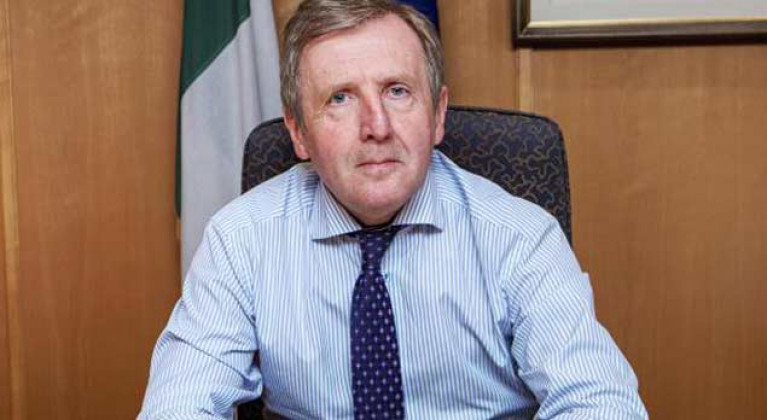
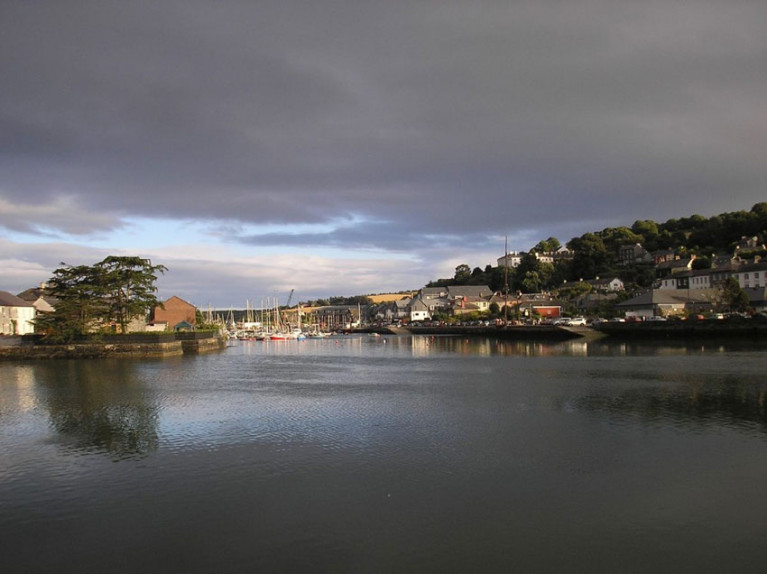
Marine Minister Announces Funding For 58 Local Authority Harbour Projects
19th May 2020 Irish Harbours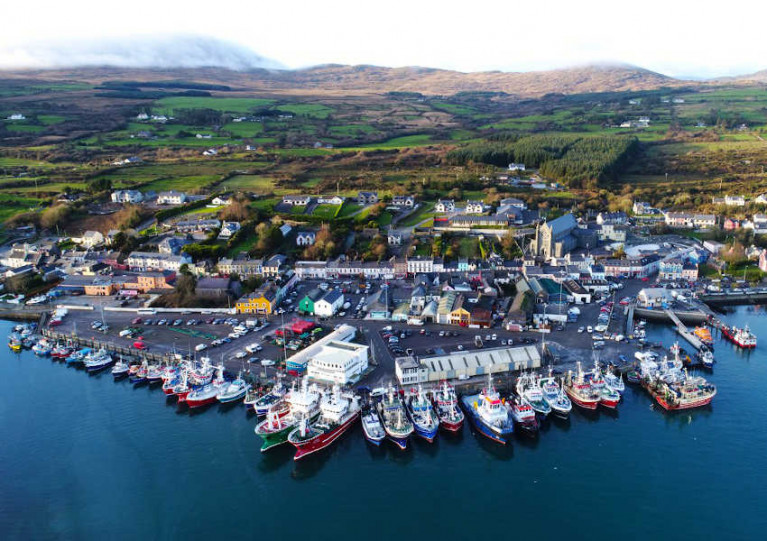
Marine Minister Calls For Further EU Support To Help Fisheries Sector With Impact Of Covid-19
13th May 2020 Fishing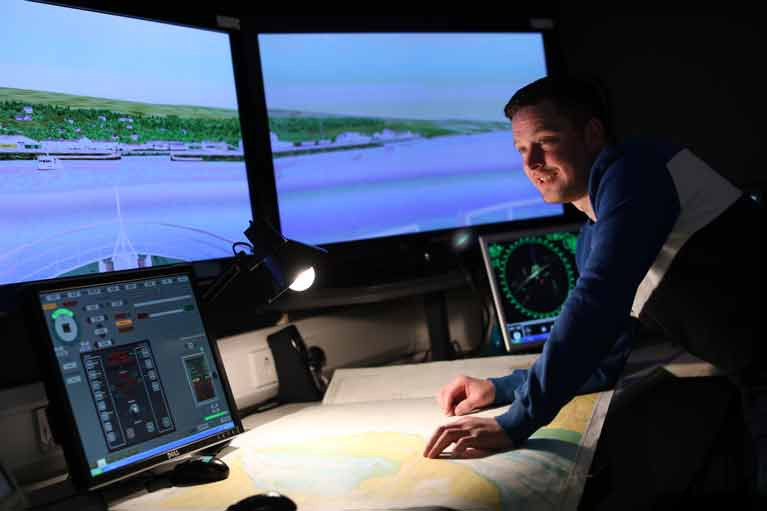
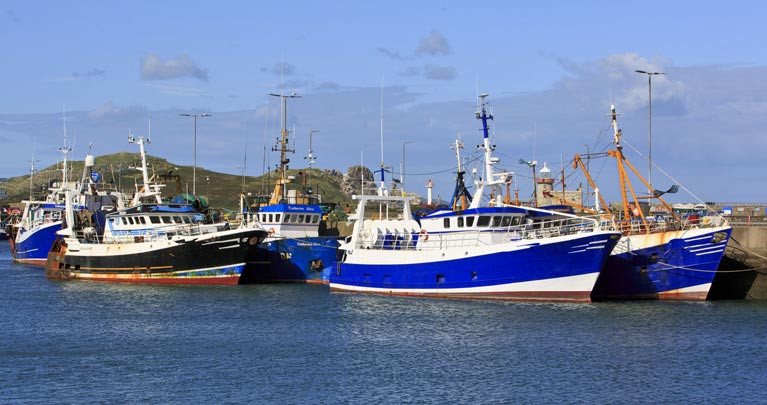

EU Ombudsman Disappointed at Failure of EU Fisheries Ministers to Embrace Transparency
7th May 2020 Fishing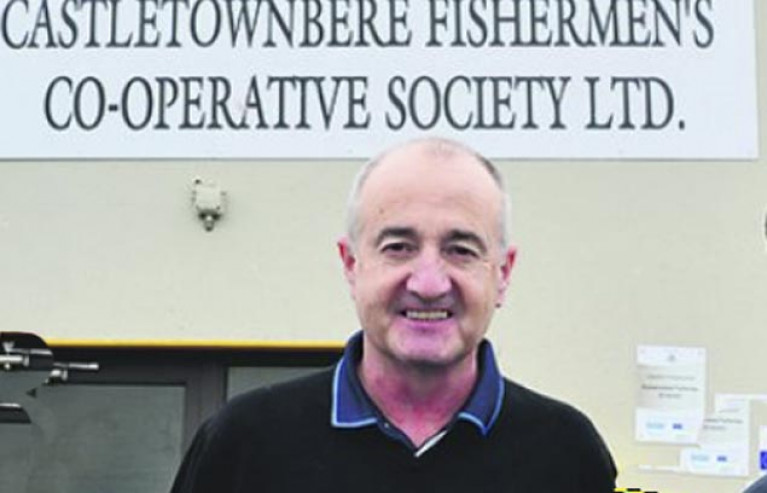


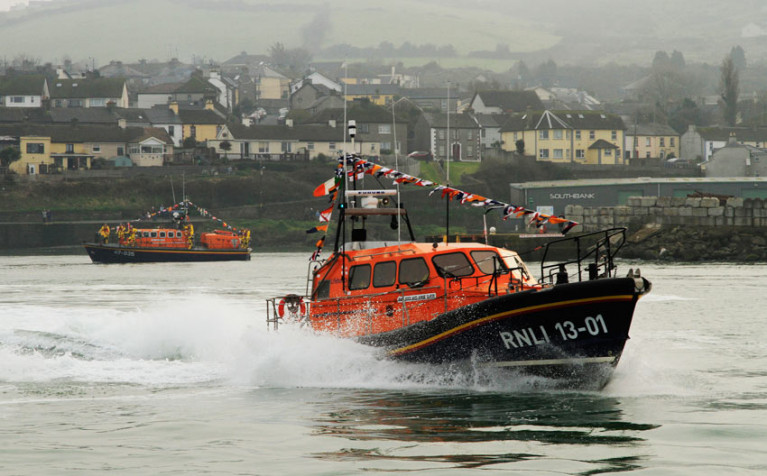

Tributes to Fishing Industry Leader Donal O'Driscoll Who Died at the Weekend
27th April 2020 Fishing



























































